SupremePunk #143
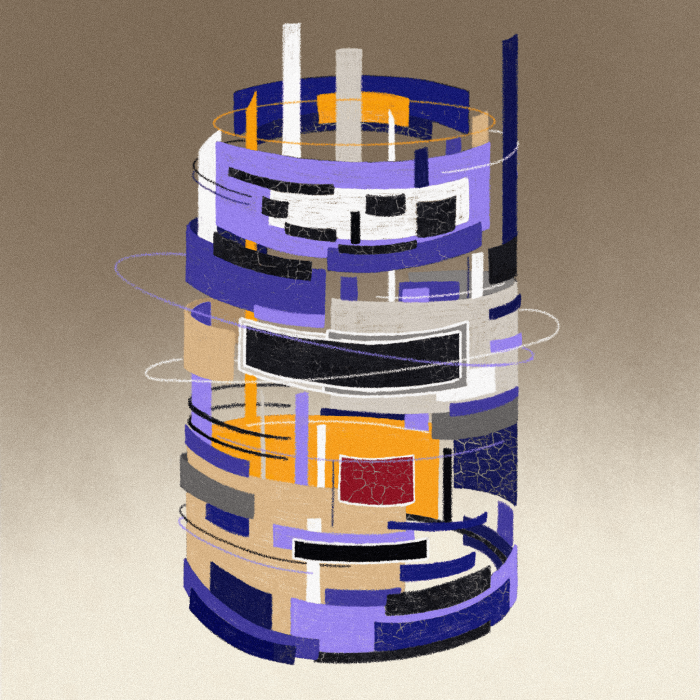
Avant-garde Reverberations
This Punk is inspired by CryptoPunk #2766 and the work of the Soviet avant-garde artists.
The cylindrical colorful facade of the image refers viewers to the Melnikov House, a private structure located in the alleys of central Moscow. The cylindrical colorful facade of the image refers viewers to the Melnikov House, a private structure located in the alleys of central Moscow.
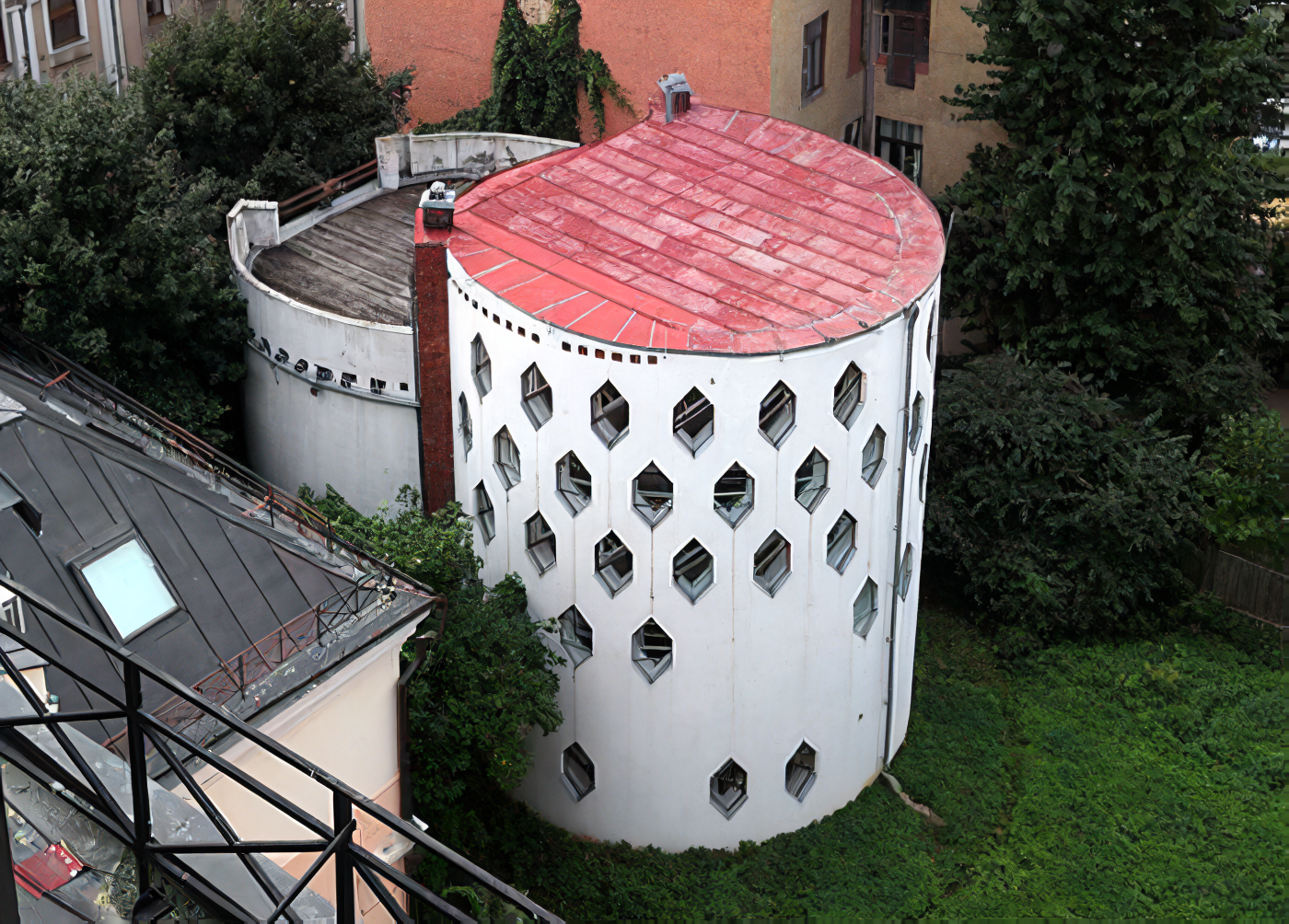
The Melnikov House
The Melnikov House is a residential building constructed from two cut-off cylinders. This construction is a product of avant-garde thought, and so revolutionary that the architect's ideas seem relevant today: Melnikov's house can be called sustainable, because during its construction all the waste formed was used to eliminate unnecessary spaces in the walls and this construction caused minimal damage to the environment.
In general, Melnikov's house broadcasts several conceptual views of the avant-garde artist, one of which was the idea of the paramount importance of sleep. This is reflected in the bedroom of this construction - a space without a single straight angle, where the beds, like monolithic sculptures, rise in waves from the floor. And the ochre walls, according to Melnikov, should promote golden dreams.
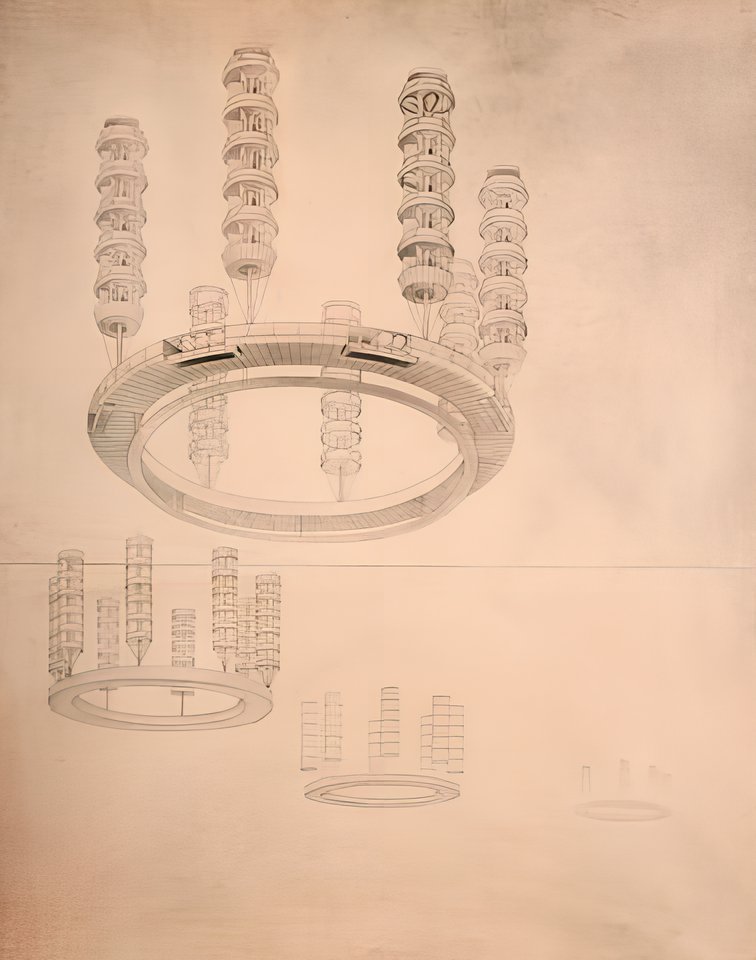
Georgi Krutikov — Flying City, 1928
The airiness of the surrounding Punk space creates the impression that the object is floating in the air, just like Georgi Krutikov's flying cities. The "Flying City" project was the architect's graduation work, which he was able to defend in 1928 with great difficulty, because his plan balanced on the verge of the real and utopian, which caused disputes in the admissions committee about the scientificity of the ideas proposed by Krutikov. The architect proposed to transfer life to a spiraling satellite city, which would hover in the air above the earth. In flying cities there was a clear division of places for public and private life, in the format of communal houses. As means of transportation Krutikov proposed capsules controlled by human interaction with the electromagnetic field.
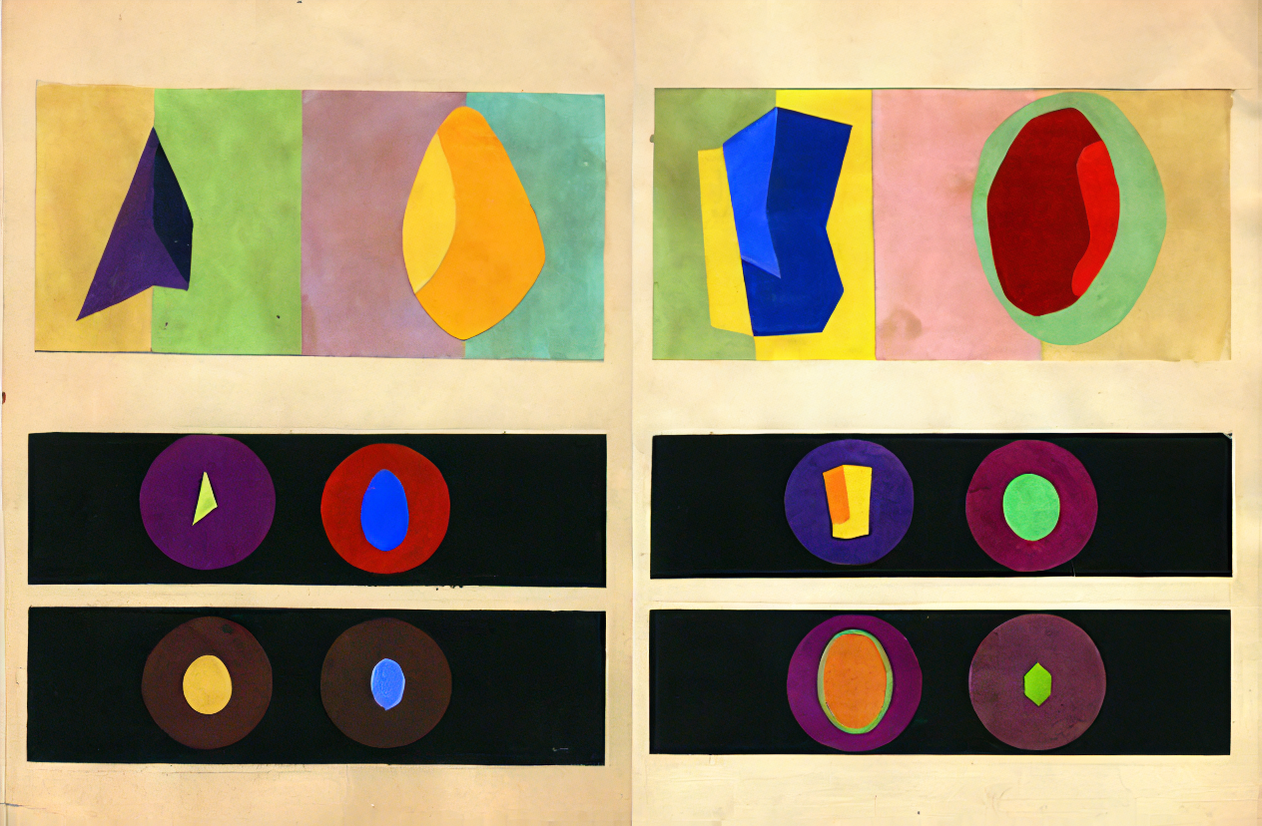
Mikhail Matyushin — Expanded vision, 1932
The leitmotiv of early Soviet avant-garde associations extends to the color solutions of this Punk, recalling the research of Mikhail Matyushin. This artist explored color theory and tried to form an "expanded vision"-extending the angle of vision to 180 degrees.
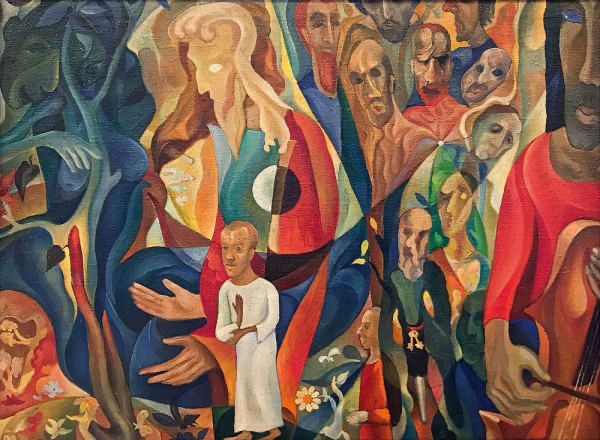
Tatiana Glebova — Composition, 1956
If the latter attempts remained at the level of unscientific experiments, Matyushin's theoretical foundations were more enduring. His experiments on the dependence of the perception of form on color and the change of color in the context of the background were reflected in the art of such artists of the sixties as Vladimir Sterligov, Tatiana Glebova. In this context, this Punk is also one of the descendants of avant-garde views on color, another interpretation of a theory formulated at the beginning of the last century. This work reinterprets the advanced art of the early Soviet period in its synthesis, the synthesis of the theoretical and the practical, architecture in concrete and on paper.
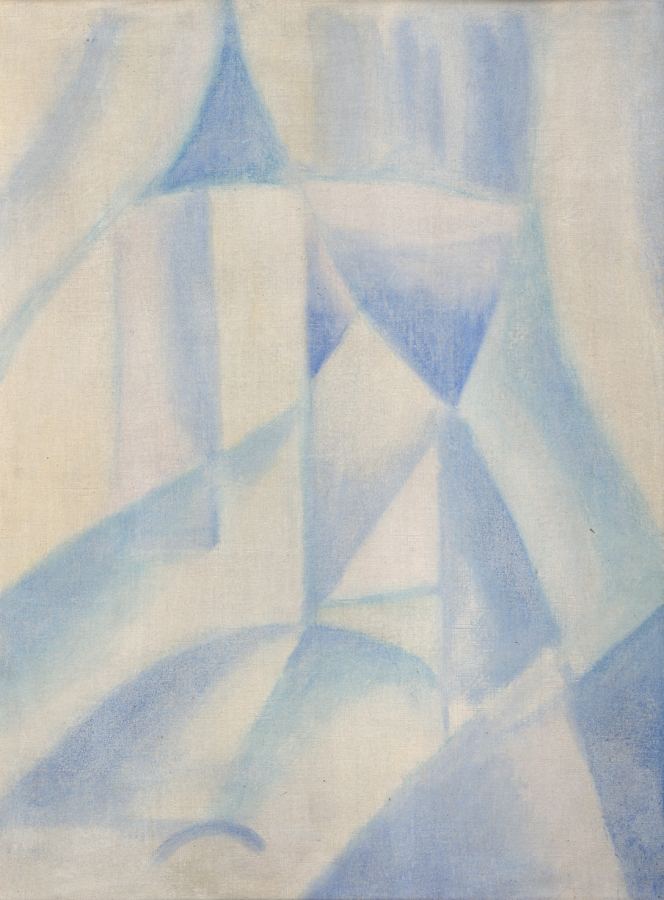
Vladimir Sterlingov — Ascension, 1969

Buy

Gallery:
CryptoPunk #2766 that has been taken as a base

Your transaction is in progress

You have connected to the wrong network

Transaction is successful!


